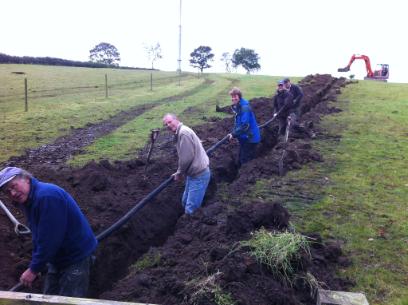Recommendation 7
Incorporate measures of social and environmental benefit (and cost) into infrastructure appraisal frameworks to recognise the wider outcomes and ascertain the broadest possible set of mechanisms to capture revenue and other values.
Existing economic approaches to valuing infrastructure are unable to capture all societal dimensions or reflect decision-makings at individual, community or political scales.[38*] Guidance for infrastructure appraisal has begun to recognise the importance of labour market participation, resilience, linked networks, and local and regional impacts. The UK Public Services (Social Value) Act 2012[39] enables a commissioning body to consider securing additional economic, social or environmental benefits for their local area. Whilst there are methods to monetise time spent in traffic congestion or the detour associated with a bridge closure, for example, existing approaches do not expose how this would affect an individual, a family, a business or a community. Similarly, cycling and green infrastructures, such as urban parks and wetlands, contribute to social goals such as those related to health and well-being, as well as offering sustainable economic growth and environmental benefits.[40*] iBUILD research is highlighting how understanding the social perception and use of infrastructure exposes a spectrum of benefits,[41*] and that methods such as social and environmental accounting and audit, or social return on investment, are able to assess and capture these.[42*] The benefit of these approaches is well-established in assisting the provision of community services and identifying beneficiaries of these services.[43*] The potential to complement these with a form of social infrastructure investment bond – where revenue is tied to achievement of social outcomes from infrastructure services – is a promising means of unlocking finance and engaging with new actors.
Broadband for the Rural North
The provision of high quality broadband to properties in the rural areas of the UK is an ongoing challenge as it is not considered economically viable using mainstream methods. B4RN have built a communityowned gigabit fibre optic broadband network in the |


